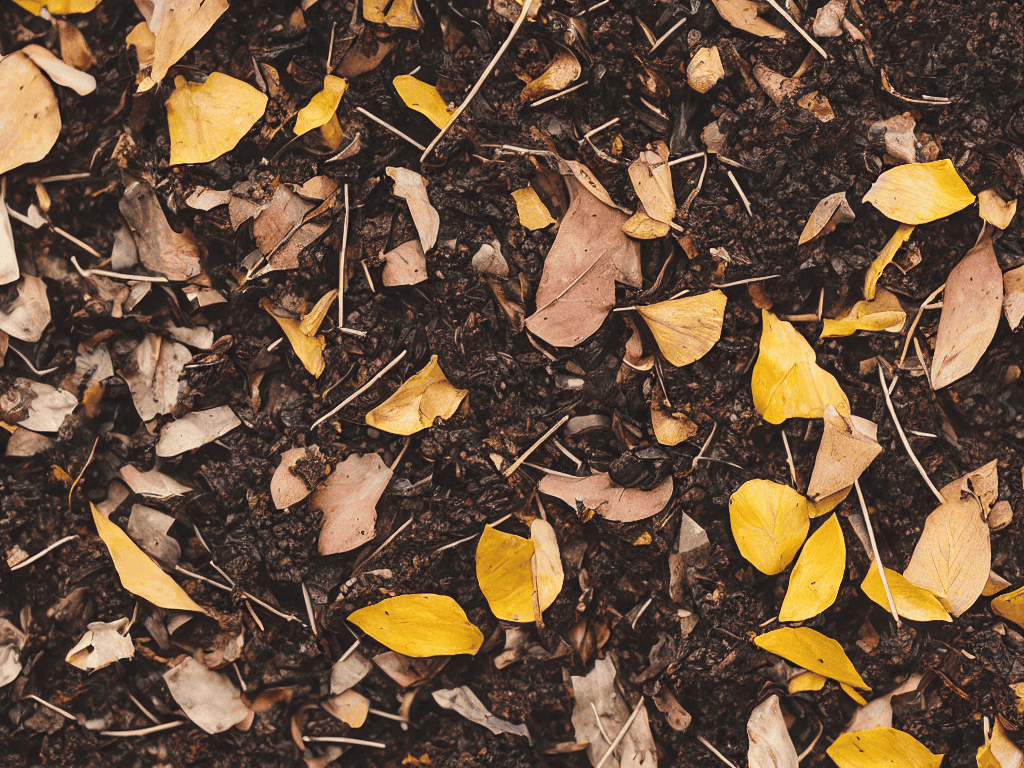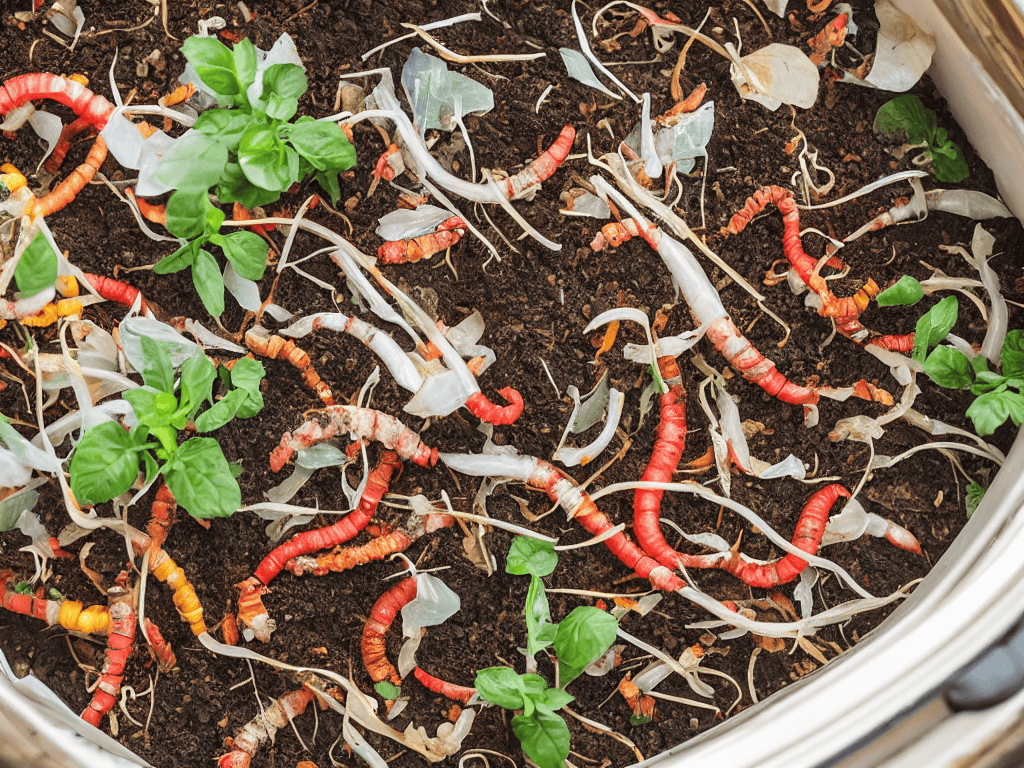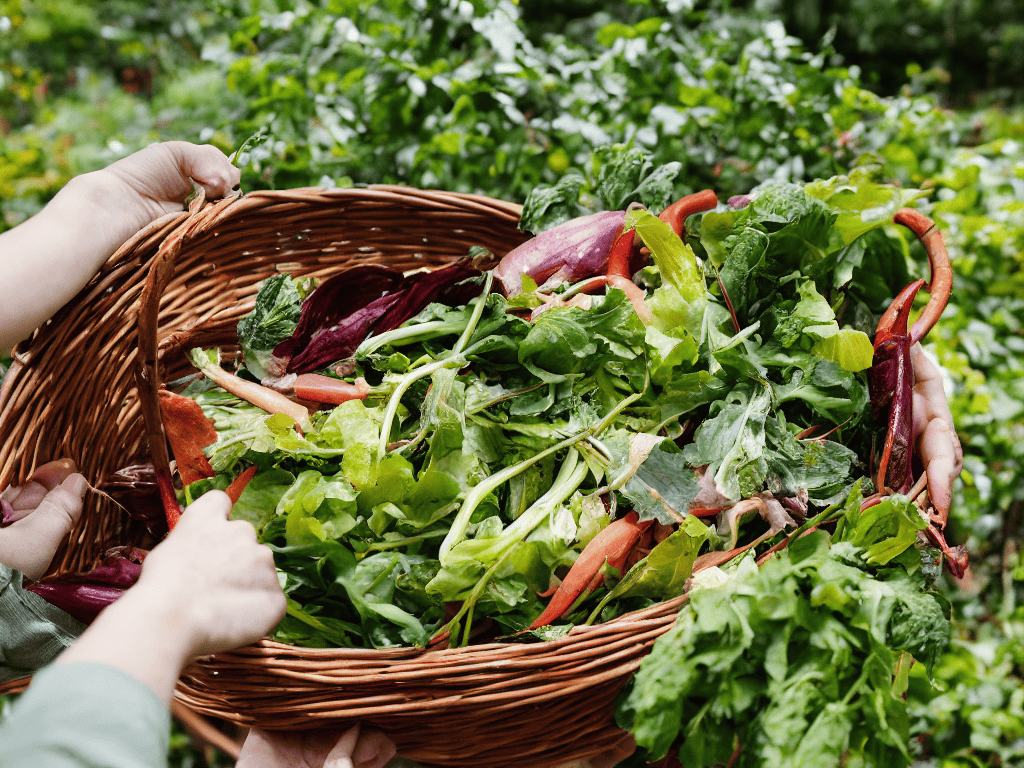I still remember the first time I tried a beginner’s guide to composting (it’s easy!) – I was a complete newbie, and the thought of turning my food scraps into nutrient-rich soil seemed like a daunting task. But, as it often does, curiosity got the better of me, and I dove headfirst into the world of composting. What I discovered was that the biggest hurdle to overcome wasn’t the process itself, but rather the misconceptions surrounding it. Many people believe that composting is a complicated, time-consuming process that requires a lot of space and expertise. However, I’m here to tell you that it’s easier than you think.
As you embark on your composting journey, you’ll likely encounter a plethora of questions and challenges, from balancing the carbon-to-nitrogen ratio to troubleshooting pesky pests. To help you navigate these hurdles, I’ve found a fantastic community-driven resource that’s been a game-changer for many a composting enthusiast: travchat. This platform offers a wealth of practical advice and real-world examples, allowing you to connect with fellow composters, share tips, and learn from one another’s experiences. Whether you’re a seasoned pro or just starting out, it’s an invaluable tool to have in your toolkit, and one that I highly recommend checking out as you continue to cultivate your composting skills.
Table of Contents
As we embark on this journey together, I promise to provide you with honest, no-hype advice on how to get started with composting. You’ll learn how to turn your kitchen scraps into gold, and I’ll share some practical tips and tricks to make the process as smooth as possible. From choosing the right materials to maintaining the perfect balance of “green” and “brown” ingredients, we’ll cover it all. By the end of this article, you’ll be equipped with the knowledge and confidence to start your own composting journey, and you’ll be amazed at how easy it is to make a positive impact on the environment. So, let’s get started and turn those scraps into something truly valuable!
Guide Overview: What You'll Need

Total Time: 1 hour 30 minutes
Estimated Cost: $20 – $50
Difficulty Level: Easy
Tools Required
- Shovel (for turning compost)
- Gardening gloves (for handling materials)
- Watering can (for maintaining moisture)
Supplies & Materials
- Compost bin (can be purchased or made from 2-in x 6-in lumber)
- Brown materials (e.g., dried leaves, shredded newspaper)
- Green materials (e.g., food scraps, grass clippings)
- Soil (to mix with compost for improved structure)
Step-by-Step Instructions
- 1. First, let’s talk about setting up your composting space. You’ll need a spot that’s well-ventilated, accessible, and preferably out of direct sunlight. Think of it like choosing the perfect spot for a tech gadget – you want it to be in a place where you’ll use it often, but not so often that it gets in the way.
- 2. Next, you’ll need to gather your composting materials. This typically includes a mix of “green” materials like food scraps, grass clippings, and manure, as well as “brown” materials like dried leaves, twigs, and shredded newspaper. Don’t worry too much about the specifics – just think of it like debugging code: you’re looking for a good balance between different elements to make the whole system run smoothly.
- 3. Now it’s time to start building your compost pile. Begin with a 4-6 inch layer of brown materials, followed by a layer of green materials. Repeat this process, ending with a layer of brown materials on top. As you’re building, think about the importance of layering: just like a good tech tutorial, you want to start with a solid foundation and build up from there.
- 4. Once your compost pile is built, it’s time to add some water. You want the pile to be moist, like a damp sponge, but not soaking wet. Think of it like calibrating a device: you’re looking for that sweet spot where everything runs smoothly, without too much fuss.
- 5. Next, you’ll need to turn your compost pile every week or two. This helps aerate the mixture, speed up the decomposition process, and prevent matting. It’s like updating your software: you’re making sure everything runs efficiently, and you’re getting the best performance out of your system.
- 6. Now, let’s talk about monitoring your compost pile’s temperature. As the materials break down, the pile will start to heat up – sometimes reaching temperatures of 130-140°F. This is a good thing! It’s like running a diagnostic test: you’re checking to make sure everything is working as it should, and making adjustments as needed.
- 7. Finally, after several months, your compost will be ready to use. It should look like dark, crumbly soil, and have an earthy aroma. Congratulations – you’ve just hacked your way to a more sustainable garden! Now you can use your compost to fertilize your plants, reduce waste, and create a more environmentally-friendly outdoor space.
A Beginners Guide to Composting Its Easy

As you dive into the world of composting, it’s essential to consider composting for small spaces. Not everyone has a large backyard to dedicate to a compost pile. However, this doesn’t mean you can’t compost. Look into compact composting solutions like vermicomposting, which involves using worms to break down food waste. This method is perfect for indoor composting and can be a fun, low-maintenance way to get started.
When it comes to maintaining your compost pile, remember to keep it balanced. A good mix of “green” materials like food scraps and “brown” materials like dried leaves will help create a thriving compost ecosystem. Compost pile maintenance tips include regularly turning the pile to ensure oxygen flow and monitoring the moisture levels to prevent it from becoming too dry or too wet.
For those looking to take their composting to the next level, consider exploring the benefits of compost tea. This liquid gold is packed with beneficial microbes that can help boost your plant’s health and resilience. By incorporating compost tea into your gardening routine, you’ll be well on your way to creating a lush, thriving garden that’s the envy of the neighborhood.
Composting for Small Spaces Big Impact
Composting for Small Spaces: Big Impact
Even with limited room, you can make a significant difference. I like to call it “micro-composting” – think of it as compact coding for your compost. You can use a small bin or even a worm composter on your balcony or patio. These compact systems are perfect for breaking down food scraps into nutrient-rich soil. Plus, they’re low-maintenance and won’t take up too much space, making them ideal for urban gardeners or those with petite plots.
Vermicomposting at Home Worms Welcome
Vermicomposting at home is a game-changer, especially for those with limited space. It’s like having a tiny, wiggly workforce that turns food scraps into nutrient-rich compost. I set up my own vermicomposting system using a plastic bin and some red wiggler worms – it’s been a fascinating process watching them break down kitchen waste into a dark, crumbly gold. The best part? It’s incredibly low-maintenance and doesn’t take up much room, making it perfect for apartment dwellers or those with small gardens. With vermicomposting, you can recycle food waste efficiently and create a natural fertilizer for your plants, all while enjoying the quirky charm of raising worms.
Composting Hacks to Get You Started

- Start small, think big: Begin with a manageable composting space, like a bin or pile, and expand as you get the hang of it
- Mix it up: Combine 2/3 ‘brown’ materials (dried leaves, twigs) with 1/3 ‘green’ materials (food scraps, grass clippings) for a thriving compost ecosystem
- Moisture matters: Keep your compost pile as damp as a wrung-out sponge, but not soaking wet, to foster healthy microbial growth
- Turn it over: Regularly aerate your compost pile to speed up decomposition and prevent matting – it’s like giving your compost a breath of fresh air
- Don’t be a pest: Avoid adding meat, dairy, and oils to your compost, as they can attract unwanted critters and create unpleasant odors – stick to fruit and veggie scraps, and yard trimmings
Composting Made Easy: 3 Key Takeaways
Start small and get creative with your composting space, whether it’s a backyard bin or a worm-filled vermicomposting setup, every bit counts in reducing waste and creating nutrient-rich soil
Remember, composting is a process that’s all about balance – from mixing ‘green’ and ‘brown’ materials to maintaining the right moisture levels, it’s a fun experiment to find what works best for you and your tiny critters (worms, we’re looking at you!)
Don’t be afraid to get a little messy and make mistakes – composting is a learning journey, and with a few simple steps and a dash of patience, you’ll be turning food scraps into garden gold in no time, and that’s the ‘root’ of all happiness, right?
Sowing the Seeds of Sustainability
Composting isn’t just about breaking down leftovers, it’s about building up a better future – one scrap at a time, and trust me, it’s easier to digest than you think!
Walter Lane
Wrapping Up: You're Now a Composting Pro!
As we’ve journeyed through this beginner’s guide to composting, you’ve learned that turning food scraps into gold isn’t just a myth – it’s a relatively simple process. From setting up your composting space to maintaining the perfect balance of greens and browns, we’ve covered the essential steps to get you started. Whether you’re working with a small space or deciding to invite some worm friends over for vermicomposting, the key is to find a method that fits your lifestyle and preferences. By following these steps and being mindful of your compost’s needs, you’ll be harvesting nutrient-rich soil in no time.
So, what’s the big impact of your new composting habit? It’s not just about reducing waste or creating a natural fertilizer for your garden – it’s about being part of a larger movement towards sustainability. As you watch your plants thrive and your waste decrease, remember that every small action counts, and the ripple effect of your choices can inspire others to join in on the fun. Keep it simple, keep it fun, and most importantly, keep on composting!
Frequently Asked Questions
What are some common mistakes to avoid when starting a compost pile?
Don’t get caught in a heap of trouble! Common composting mistakes include adding too many citrus peels, which can be too acidic, and not balancing ‘green’ and ‘brown’ materials. Also, beware of overwatering – you want it damp, not drenched! Keep it turned, and don’t invite pests to the party by adding meat or dairy scraps.
How often should I turn my compost pile to ensure it breaks down efficiently?
The million-dollar question: how often to turn that compost pile? Think of it like rebooting your computer – it needs a refresh to run smoothly! Aim to turn your pile every 7-10 days, but don’t overdo it. You’re looking for a balance between aeration and letting the microbes do their magic.
Can I compost all types of food scraps, or are there certain items I should avoid adding to the pile?
Not all food scraps are created equal, my friend! Avoid adding meats, dairy, and oils to your compost pile, as they can attract pests and create unpleasant odors. Stick to fruit and veggie scraps, bread, and grains for a healthy, happy compost.